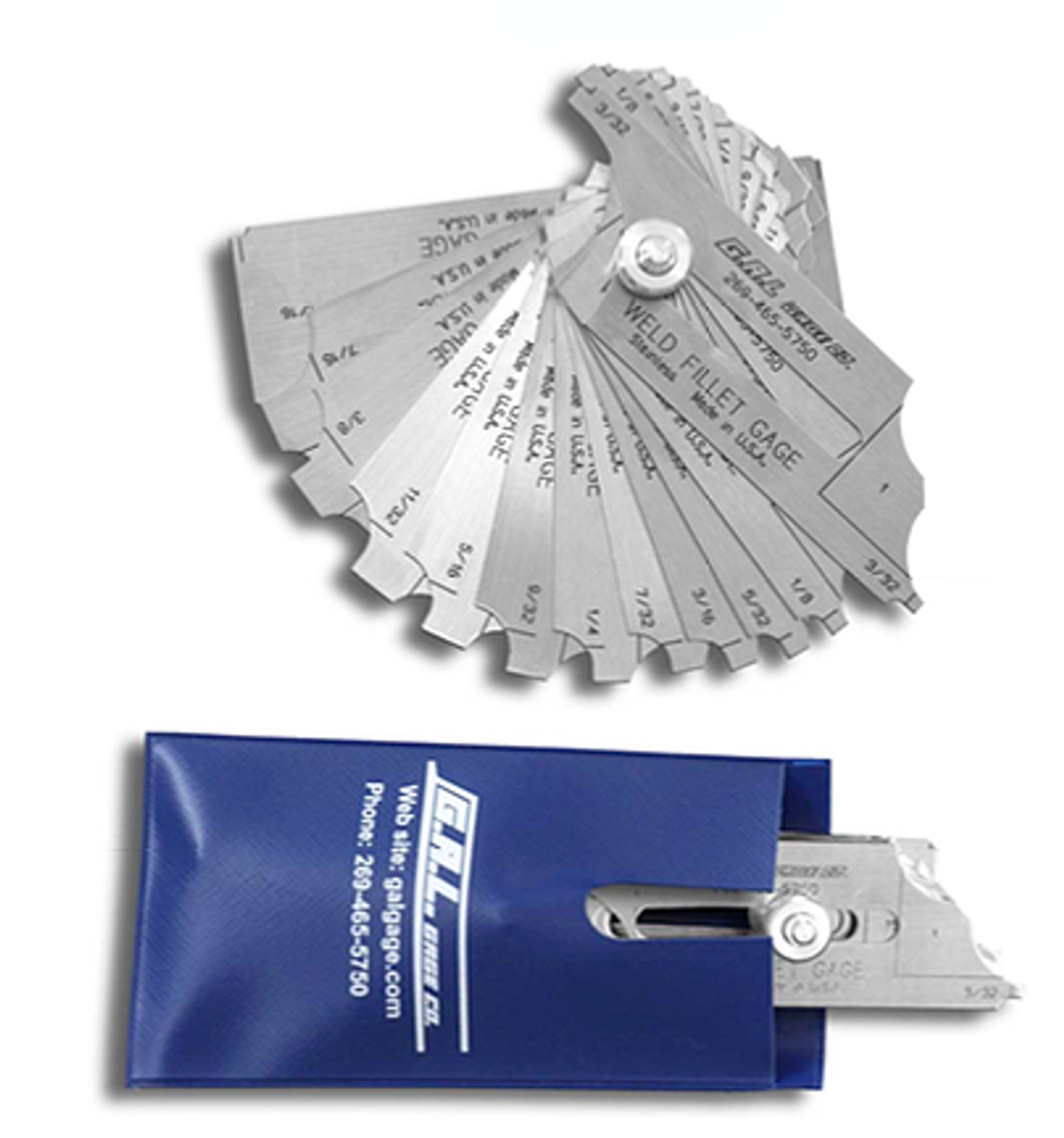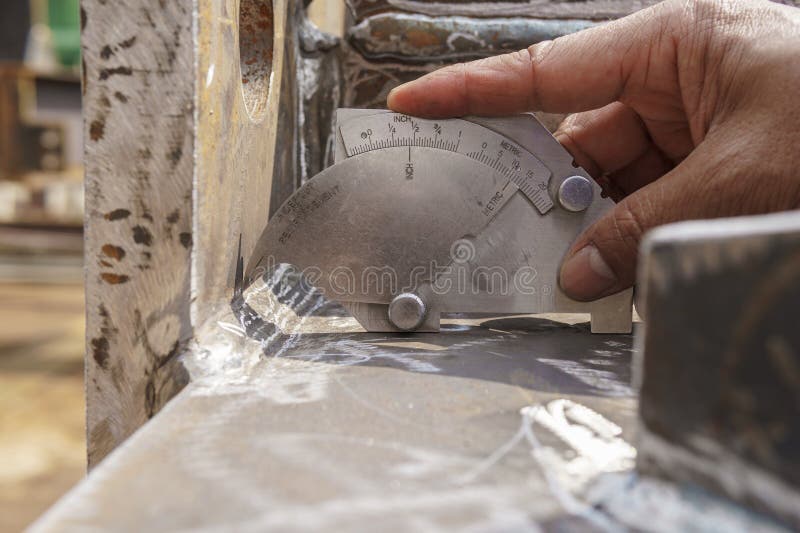Exploring the Benefits of Fillet Welding in Fabrication: Cost-efficient Solutions for Diverse Industries
In the realm of manufacture, the utilization of fillet welding presents an engaging suggestion for industries looking for economical services without endangering structural stability. The advantages of fillet welding expand beyond simple economic cost savings to encompass enhanced architectural performance, flexibility across diverse commercial applications, and the guarantee of exceptional toughness and resilience. As we browse through the useful advantages that fillet welding deals, a deeper understanding arises of just how this welding strategy can revolutionize manufacture processes throughout various industries.

Cost-efficient Service for Construction
Fillet welding functions as an economical remedy in manufacture processes, supplying both effectiveness and toughness. This welding method involves joining two pieces of steel at an angle, developing a triangular cross-section. The simplicity of fillet welding makes it a prominent choice in numerous industries, including building and construction, vehicle, and manufacturing.
Among the crucial benefits of fillet welding is its capability to decrease product and labor costs. By utilizing fillet welds rather than various other complex joint layouts, makers can save money on products and production time. Furthermore, fillet welding requires very little prep work compared to other welding strategies, further reducing manufacture prices.
Additionally, fillet welds offer outstanding architectural strength, making certain the longevity and longevity of the fabricated parts. The triangular form of the weld disperses stress a lot more equally, lowering the probability of joint failure (Gauge Fillet Weld). This architectural integrity not only boosts the total high quality of the ended up item yet additionally minimizes repair and maintenance costs over time
Boosted Architectural Effectiveness With Fillet Welding
Enhancing architectural effectiveness with the application of fillet welding techniques is a vital element of making sure optimum efficiency and toughness in produced frameworks. Fillet welding plays a vital duty in improving structural performance by effectively dispersing tons and tensions throughout the bonded joints. By producing a smooth transition in between the linked components, fillet welds aid to enhance the general strength and security of the structure.
Among the considerable advantages of fillet welding in enhancing architectural efficiency is its capacity to join products of differing thicknesses. This versatility enables the building and construction of light-weight structures without endangering on strength. In addition, the smooth profile of fillet welds lowers stress concentrations, which can help stop premature failure of the bonded joints.
In addition, fillet welding allows the fabrication of intricate geometries easily, giving designers with even more freedom in producing effective and ingenious frameworks. By optimizing the layout and positioning of fillet welds, engineers can optimize the structural effectiveness of made components, eventually leading to set you back financial savings and improved performance in diverse sectors.
Adaptability in Diverse Sector Applications
With its capability to provide to a large range of material densities and geometric complexities, fillet welding stands as a versatile construction technique that locates applications throughout diverse markets. Additionally, the aerospace sector depends on fillet welding for the fabrication of airplane components, making certain stamina and toughness in crucial components. In general, the convenience of fillet welding makes it a crucial process in various markets, offering economical remedies for complicated manufacture requirements.

Superior Toughness and Durability
When thinking about welding techniques for fabricating frameworks that call for phenomenal resilience and longevity, the emphasis moves towards approaches that can continually supply remarkable stamina and resilience. Fillet welding plays an essential function in accomplishing these features because of its ability to supply considerable toughness by dispersing lots uniformly throughout the welded joint. This welding technique develops a triangular cross-section that improves the weld's resistance to various kinds of stress and anxiety, consisting of compression, shear, and stress pressures. As a result, frameworks fabricated making use of fillet welds display enhanced resilience and can hold up against considerable mechanical pressures without endangering their stability - Gauge Fillet Weld.
The exceptional stamina and durability provided by fillet welding make it an excellent option for applications in industries such as building, vehicle, aerospace, and manufacturing, where structural honesty is critical. By using fillet welds in construction, producers and designers can make sure that their items meet rigid top quality and safety standards while optimizing cost-effectiveness and production efficiency. Basically, the extraordinary strength and long life provided by fillet welding make it a recommended welding strategy for developing resilient and robust structures across diverse industries.
Practical Benefits of Fillet Welding
Given the shown superior strength and resilience in welded joints, the useful benefits of fillet welding extend beyond architectural honesty to incorporate performance and cost-effectiveness in manufacture procedures. pop over to these guys One crucial functional benefit is the simplicity of fillet welds, which do not need expensive or intricate tools to produce. This simplicity converts right into time cost savings throughout fabrication, as fillet welding can be promptly used in numerous settings without the demand for elaborate configurations. In addition, fillet welding enables enhanced performance because of its flexibility in signing up with various types of densities, forms, and products. The flexibility of fillet welds makes them appropriate for a large range of applications throughout diverse industries, even more adding to cost-effectiveness in making processes. Moreover, the decreased need for substantial surface area preparation contrasted to various other welding methods lessens product waste and lowers manufacturing downtime. In general, the useful advantages of fillet welding make it a beneficial option for firms seeking affordable and effective options in construction.
Conclusion
In final thought, look at here now fillet welding supplies a cost-effective remedy for fabrication, offering improved architectural effectiveness, flexibility in varied sector applications, exceptional toughness, and longevity. The practical benefits of fillet welding make it a favored option for different manufacture projects across different industries. Its capability to successfully sign up with products while keeping architectural honesty makes it an important strategy for ensuring top notch and reliable lead to welding applications.

Furthermore, fillet welding needs very little prep work compared to other welding techniques, even more lowering fabrication costs.

Provided the shown remarkable stamina and longevity in bonded joints, the functional benefits of fillet welding prolong beyond architectural honesty to include performance and cost-effectiveness in manufacture procedures - Gauge Fillet Weld.In final thought, fillet welding provides an economical service content for fabrication, supplying enhanced architectural effectiveness, flexibility in varied market applications, remarkable strength, and resilience